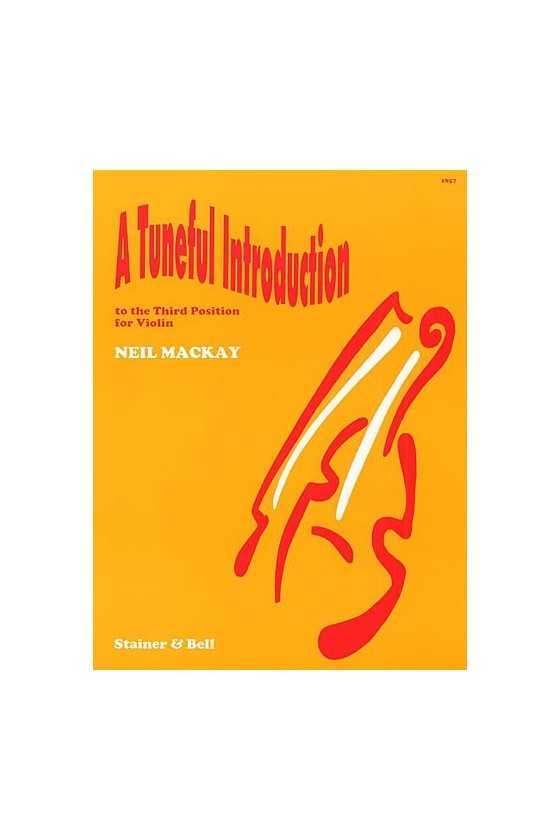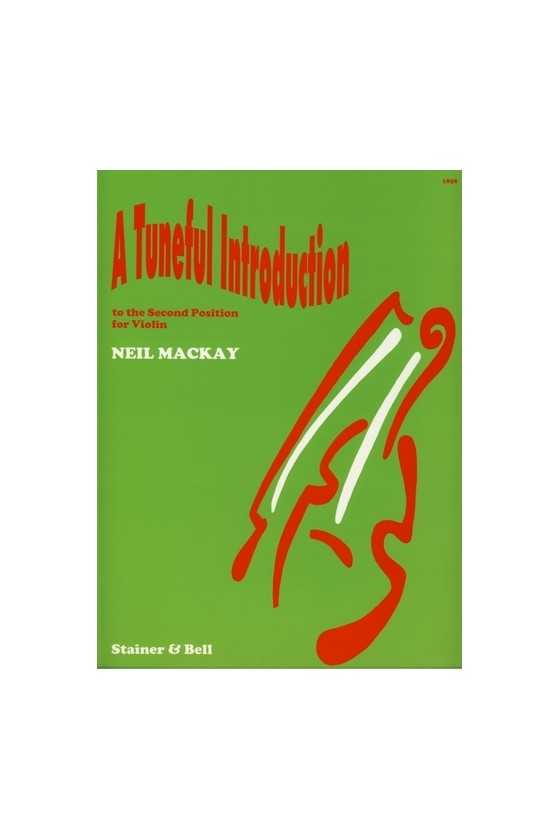Mackay, Neil
Neil McKay, a renowned composer and arranger, left an indelible mark on the world of music. Born in British Columbia and later becoming a U.S. citizen, McKay's musical career spanned several decades and encompassed various genres and influences. From his early days as a jazz arranger-performer to his groundbreaking experiments with Asian, African, and Polynesian musical conceptions, McKay's compositions were a testament to his creativity and innovation.
Early Years and Education
Neil McKay's musical journey began in 1940 when he embarked on a career as a jazz arranger-performer. This early experience allowed him to explore the intricacies of musical composition and develop a unique style that would later define his work. After serving as a clarinetist in the Canadian Navy Band from 1944 to 1946, McKay ventured into the realm of arranging and conducting in Canadian radio from 1953 to 1954.
Seeking to further his musical education, McKay pursued a Bachelor of Arts degree from the University of Western Ontario. This laid the foundation for his future studies at the prestigious Eastman School of Music in Rochester, New York. At Eastman, McKay pursued both a Master of Arts and a Ph.D. in composition, honing his skills under the guidance of renowned mentors.
Notable Works and Achievements
Throughout his career, Neil McKay composed a wide range of works that showcased his versatility and innovation. His compositions can be divided into three distinct periods, each marked by different influences and explorations.
First Period: Symphonic Compositions and String Quartet
During his first period, which spanned from 1953 to 1968, McKay's approach to composition was somewhat conservative. His symphonic compositions and the String Quartet, premiered by the Fine Arts Quartet, demonstrated his mastery of classical forms and orchestration. Additionally, the Dance Overture, commissioned by the Duluth Symphony, showcased McKay's ability to craft vibrant and energetic compositions.
Second Period: Explorations of Asian, African, and Polynesian Music
In the second period of his career, from 1968 to 1988, McKay's compositions took a more experimental turn. Influenced by Asian, African, and Polynesian musical conceptions, he sought to incorporate these diverse elements into his work. Notable compositions from this period include "Evocations" for concert band, published and recorded by Shawnee Press, and "Parables of Kyai Gandrung" for Javanese gamelan and orchestra, written in collaboration with Hardja Susilo and commissioned by the Honolulu Symphony.
Third Period: Solo Koto and Clarinet Compositions
The final period of McKay's career saw him diving into the world of solo performances and chamber music. One of his notable works from this period is "World(s)" for solo koto, which was performed around the world by Ricardo Trimilios and recorded by Keiko Nosaka for Camerata Records of Tokyo. Another noteworthy composition is "Soundprints" for koto and clarinet, which showcased McKay's ability to blend traditional and contemporary musical elements.
Legacy and Influence
Neil McKay's contributions to the world of music extended far beyond his own compositions. As a teacher, he nurtured countless students at the University of Hawai'i at Manoa Music Department, where he taught composition and associated subjects for over two decades. His dedication and passion for music inspired a new generation of composers and performers.
McKay's compositions continue to be widely performed in the United States and Canada, leaving a lasting impact on the classical music scene. His Symphony No. 1, published by E. F. Kalmus, remains a staple in orchestral repertoire. Additionally, his collaborations with artists from different cultural backgrounds opened doors for cross-cultural musical exploration and influenced future composers to embrace diversity in their work.
Conclusion
Neil McKay's life and music serve as a testament to the power of creativity and innovation in the world of composition. From his early days as a jazz arranger-performer to his groundbreaking experiments with Asian, African, and Polynesian musical conceptions, McKay pushed boundaries and left an indelible mark on the classical music landscape. His compositions continue to inspire and captivate audiences worldwide, ensuring that his legacy will endure for generations to come.


